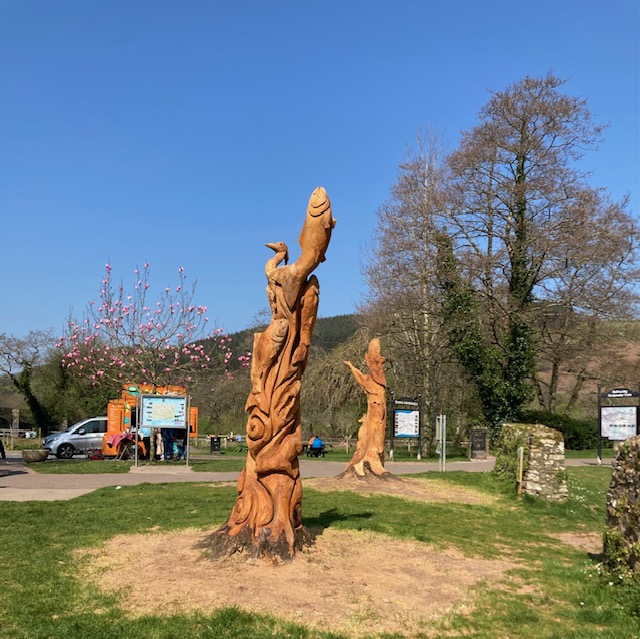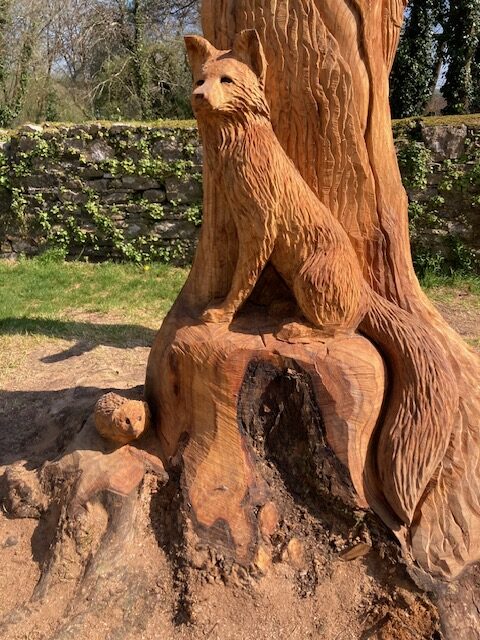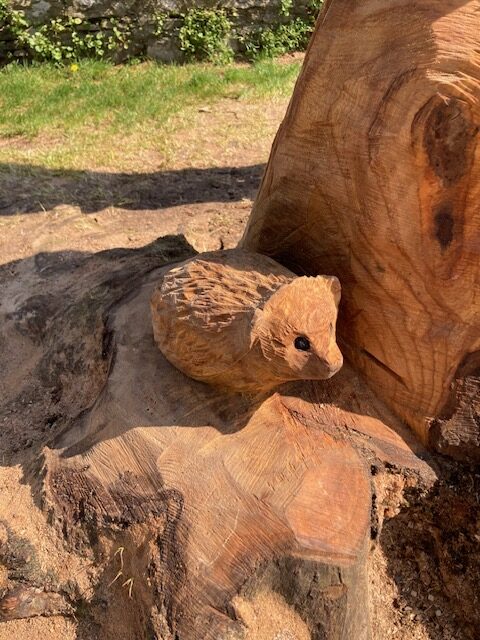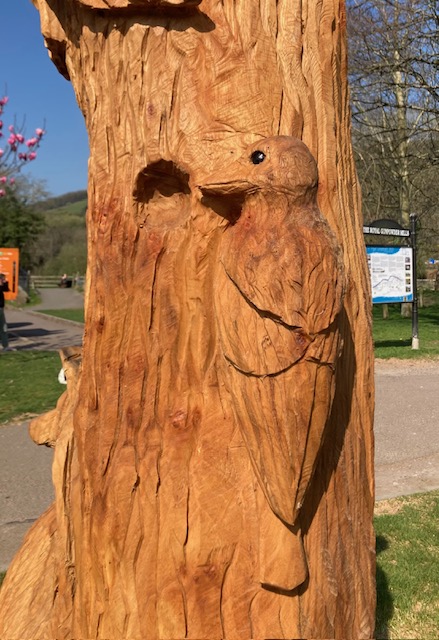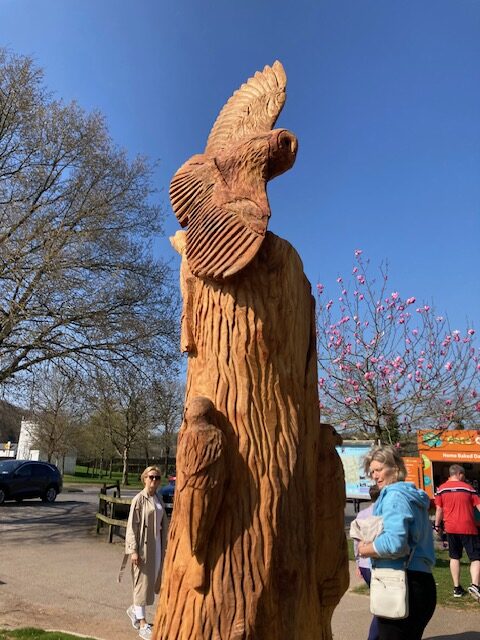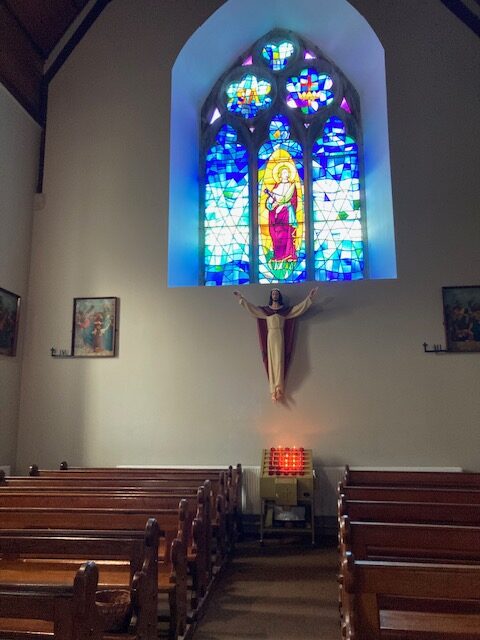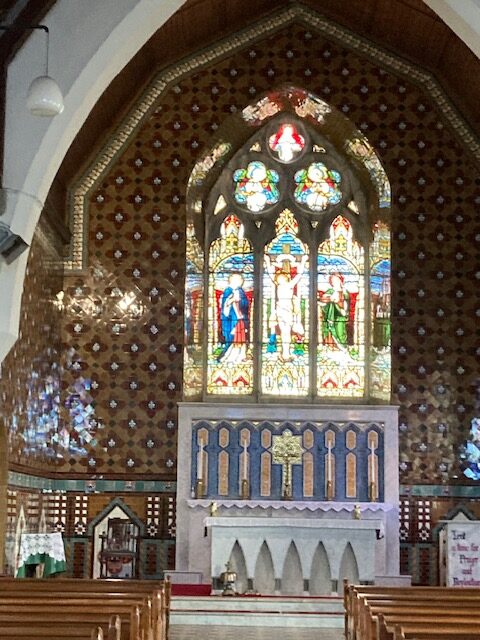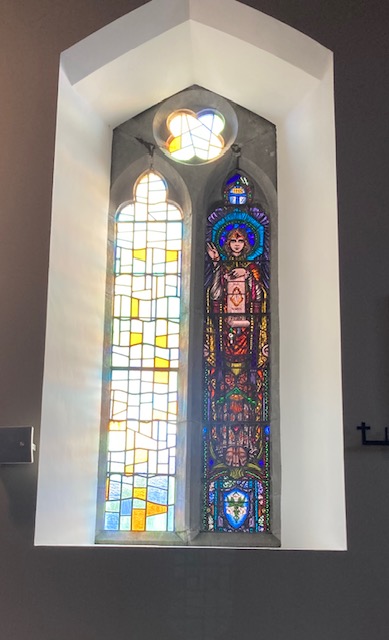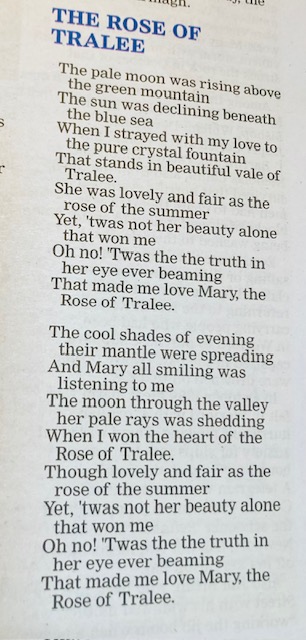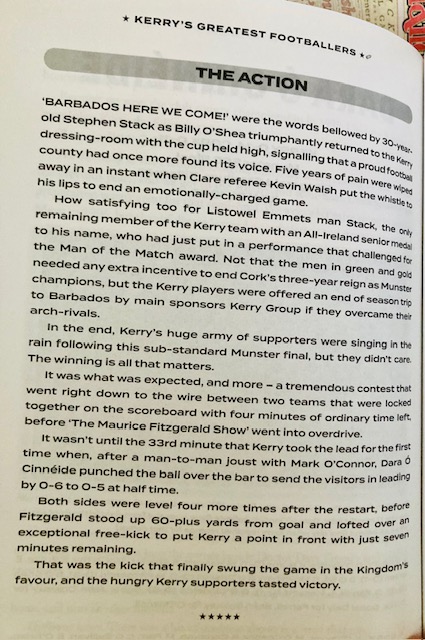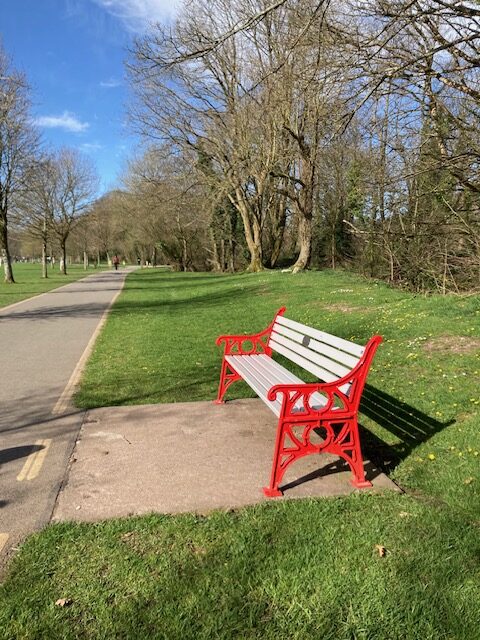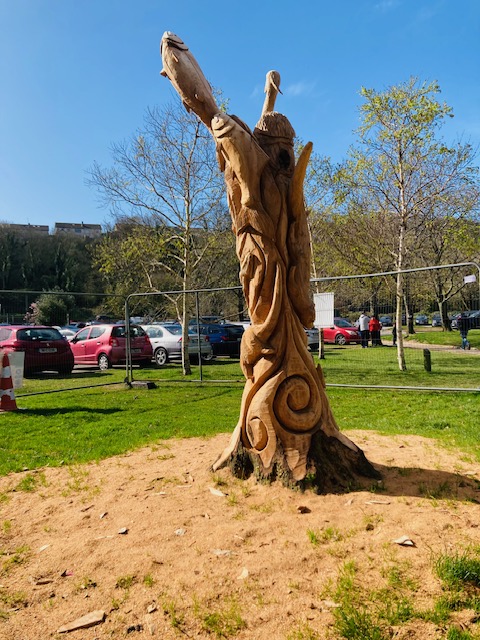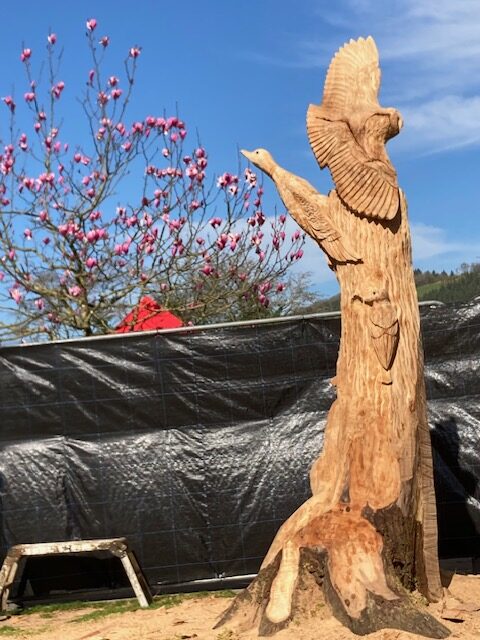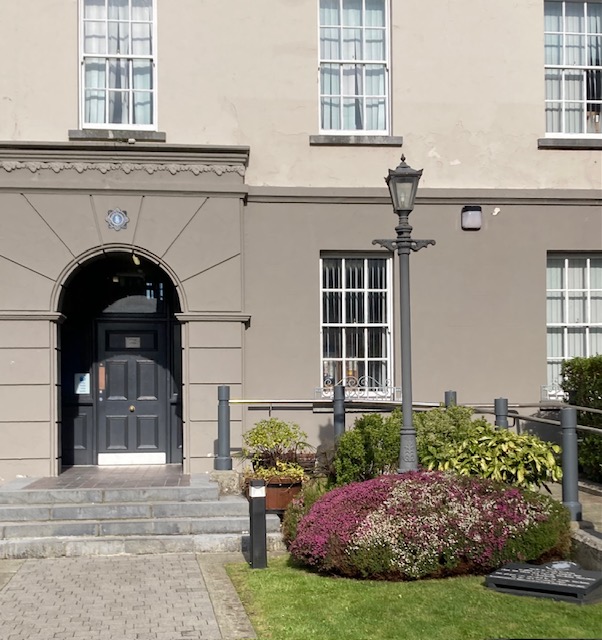
At Listowel Garda Station
<<<<<<<
A Widow’s Penny
Image and text from Facebook
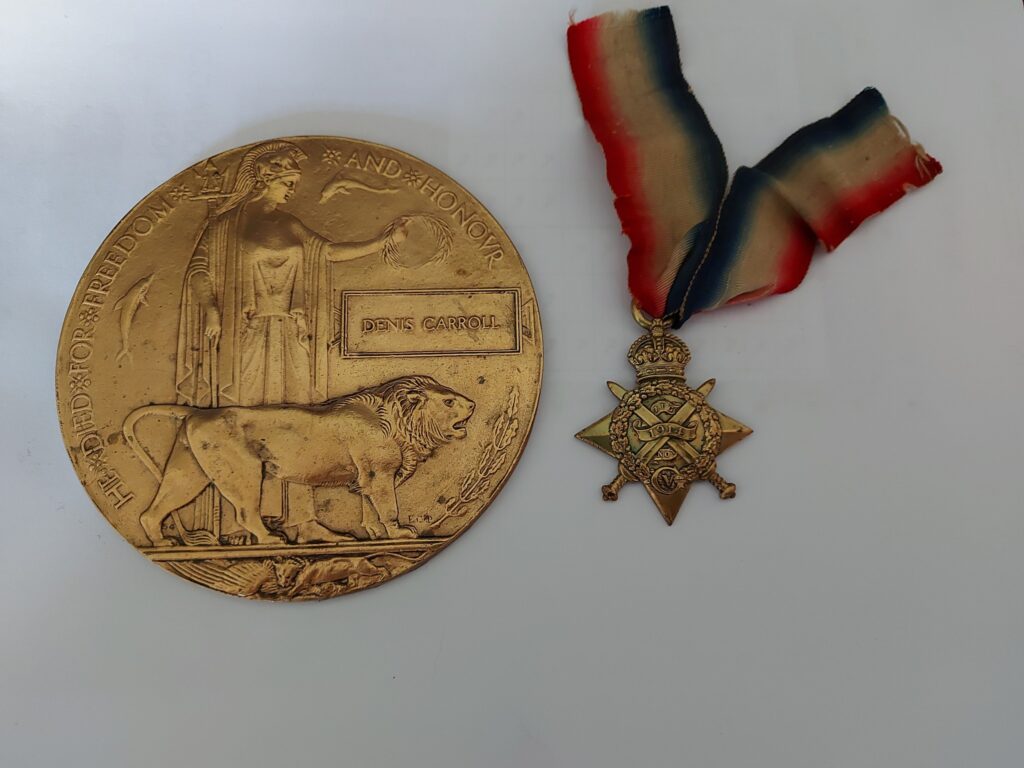
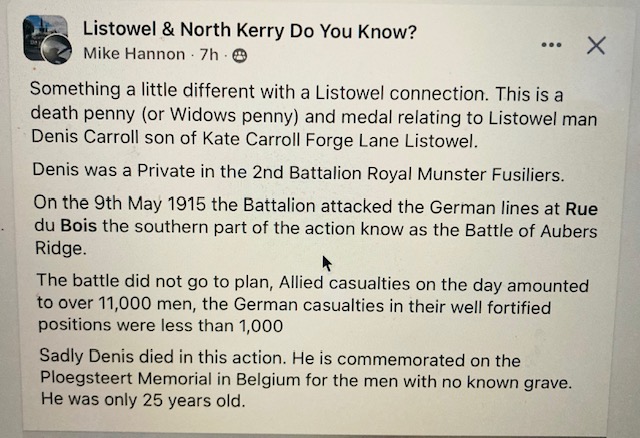
<<<<<<<<<
Sonja Broderick
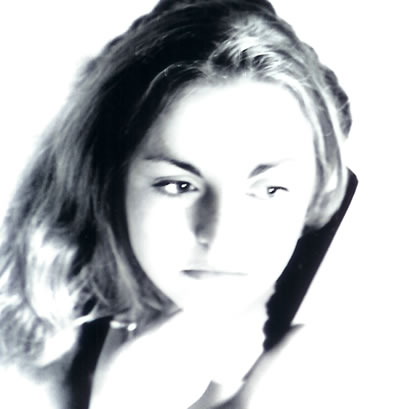
Sonja will be the first female writer to be featured in Kerry Writers’ Museum celebration of female writers to be unveiled in June 2025. The following are samples of her work from her 2004 anthology, The things you left me with.
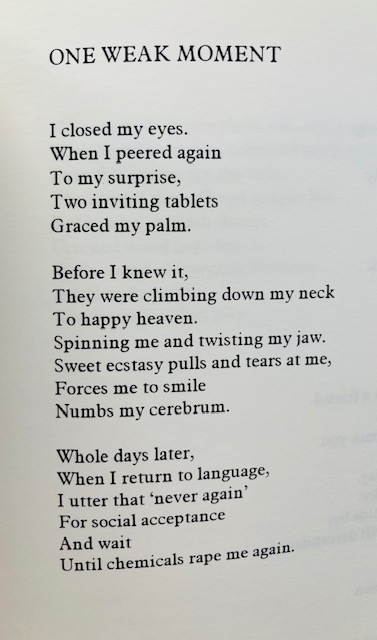
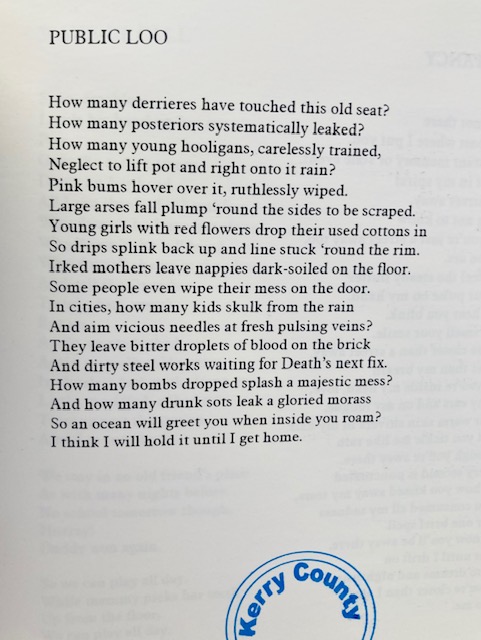
<<<<<<
I do not like thee, Dr. Fell

The cast of Fourth Wall Theatre Group, Laois. This group will be in St. John’s Listowel on Saturday April 12 2025 with their latest play, I do not like thee, Dr. Fell which is playing to appreciative audiences in their mini tour of the country.
Playing the part of Rita is a lady with a proud Kerry entertaining pedigree.
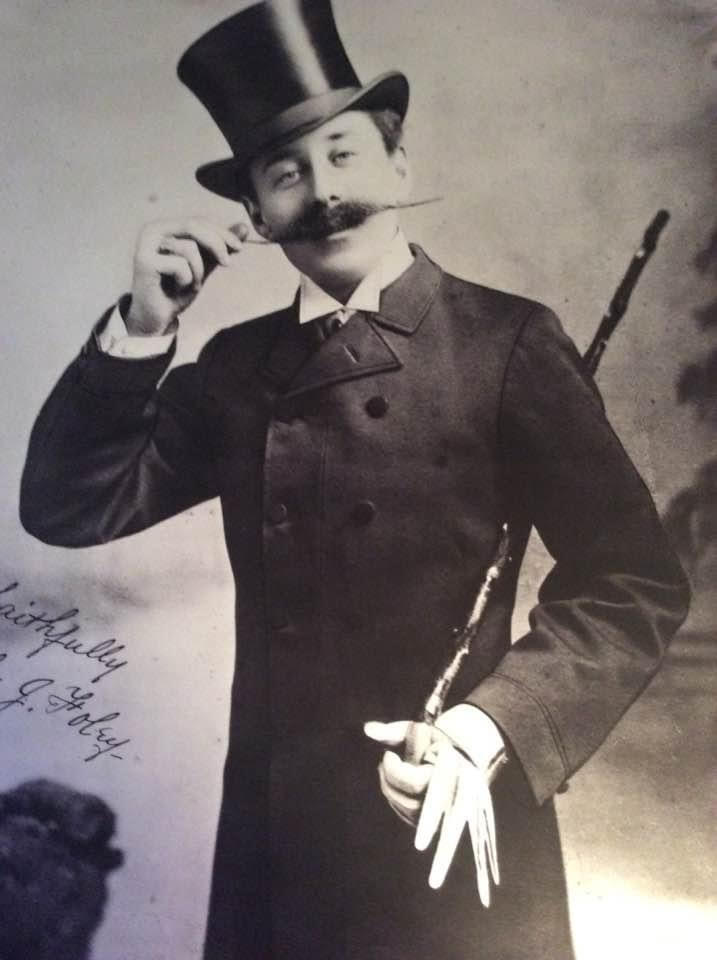
This is Maeve’s great grandfather, John J. Foley of Tralee. This dapper gentleman was a popular entertainer in venues in Kerry in the early 20th century.

By day Foley was a master painter. He painted the ceiling in the Balloonagh convent chapel, a thing of beauty.
<<<<<<<<<
In Cork Regional Park, Ballincollig

There are lots of things you are forbidden to do in the regional park, but you are free to stroll and admire the magnificent new Will Fogarty artworks.

Reynard keeping an eye on the queue waiting to buy coffee or a snack

Isn’t he superb?
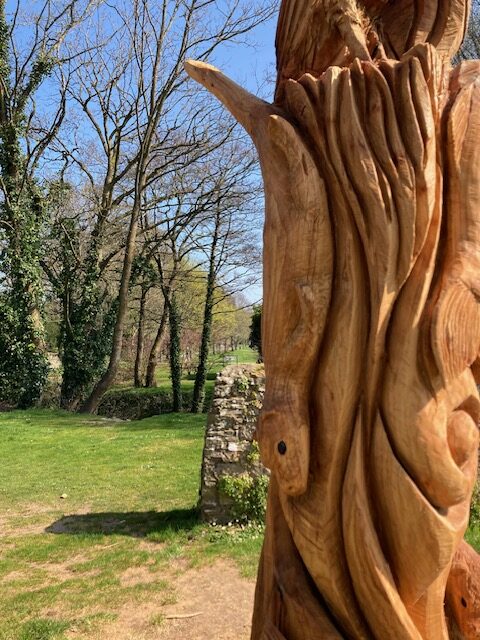
The birds and animals featured are all to be found among the wildlife in the park.
<<<<<<<<
Sad Story of a Poor Kerry Woman
Chapter 7: In and Out of the Lunatic Asylum New Norfolk
Mary Fitzgibbon was convicted of the theft of candlesticks in
Killarney, County Kerry in September 1842. Although she said she was
40, the Irish prison records had her age as 44 years old. She was a
widow and worked as a needlewoman. She had six grown up children in
Ireland and her native place was Tipperary. Mary remained in her
county jail until transferred to Grange Gorman two weeks before
embarkation.
On board the East London she shared a mess with another woman tried in
Kerry, three women from County Down and two from Cork. Mary was a
Catholic, as were all but one of her mess. There were four children.
One woman, Mary Cowan, died and her very young baby also, which left a
seven year old to be cared for by the mess mates. The group completed
the voyage without serious problems and were disembarked in Hobart and
sent to the probation stations. The children from the group who
survived were well enough to go to the Orphan School as soon as
arrangements were made.
Mary Fitzgibbon had little information on her conduct record; no
charges or punishments. There was a note of an illegitimate child,
John, born about 1844 or 1845. No further records of that child and
no evidence that he was ever in the Orphan School. He may not have
lived.
Mary was admitted into the New Norfolk Asylum in April 1845, perhaps
following the events around the birth of her child. She remained there
for a considerable time. Notes from her record, October 1847, said
that she ‘talks in a wild incoherent manner’ and that she attributed
her illness to ‘evil influence and position’. She refused to take any
medication. In November 1848 she was doing needlework and her health
was tolerable but she was, ‘very irritable and somewhat incoherent
manner and expression highly indicates mental disease’. The report on
1 January 1851 said she was in good health, but noted the, ‘same
incoherent maniac’. July 1854 and April 1857 reports simply said ‘the
same’. She must have been discharged after the last date, but was
readmitted 3 March 1862.
Mary Fitzgibbon died at the New Norfolk Asylum on 31 August 1863.
The death was registered by the Surgeon superintendent of the Asylum.
She was a female pauper and the cause of death was lung disease, a low
fever and disease of the brain. She had spent the greater part of
eighteen years at the lunatic asylum.
Sources
Medical Journal of the East London AJCP ADM 101/22 Reel 3139
Female Convicts Research Centre; Patients at the New Norfolk Asylum
TAHO CON 40/1/4 image 155, position1, Mary Fitzgibbon
TAHO CON 15/1/2 image 190/191 position 8, Mary Fitzgibbon
Tasmanian death record, New Norfolk, 1863, Registered number 359
<<<<<<<
A Fact
Cappuccino is named after the Franciscan order of monks, often called Capuchins. The colours of the beverage are similar to the cape and cowl worn by the priests.
<<<<<<<



